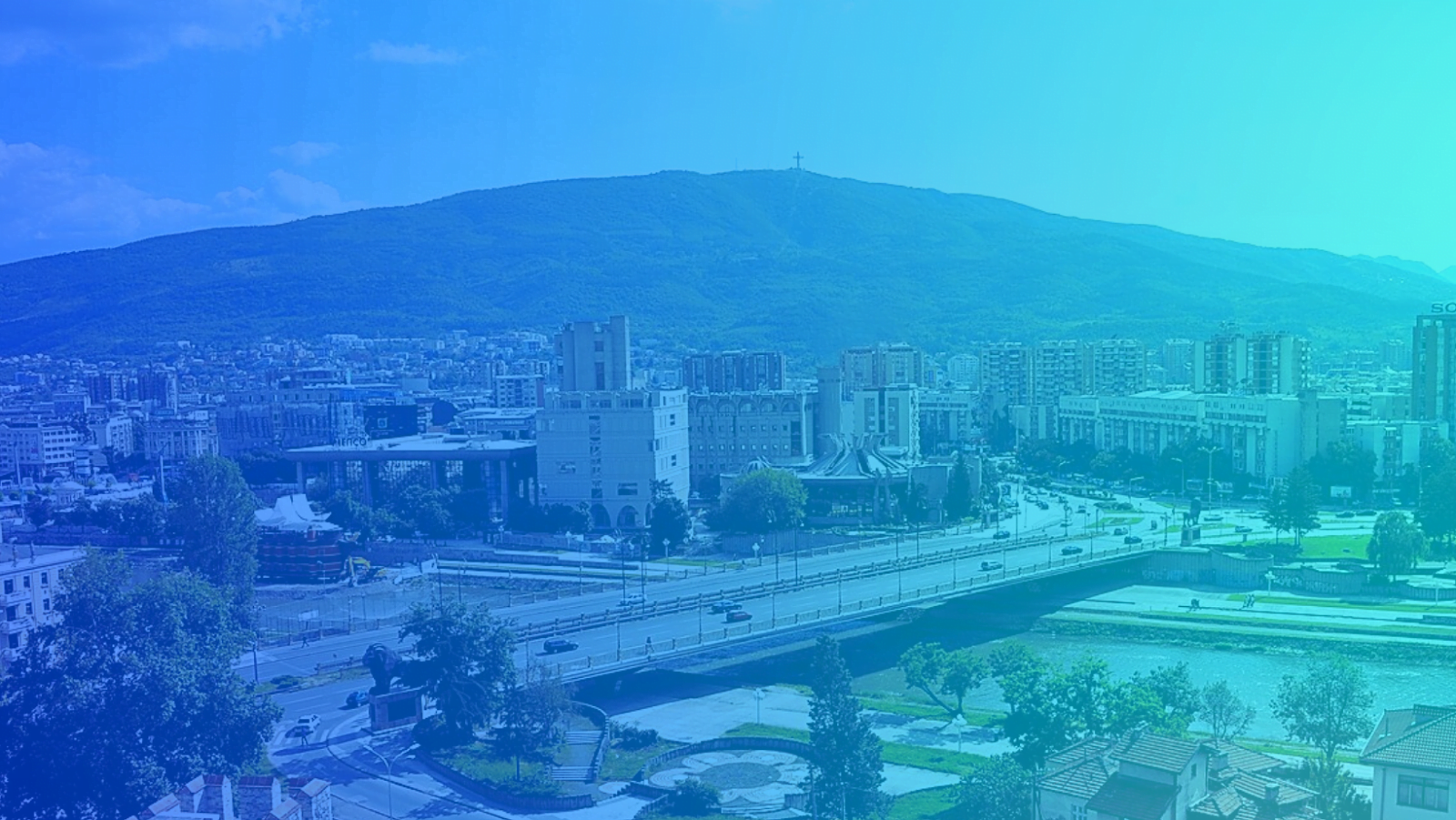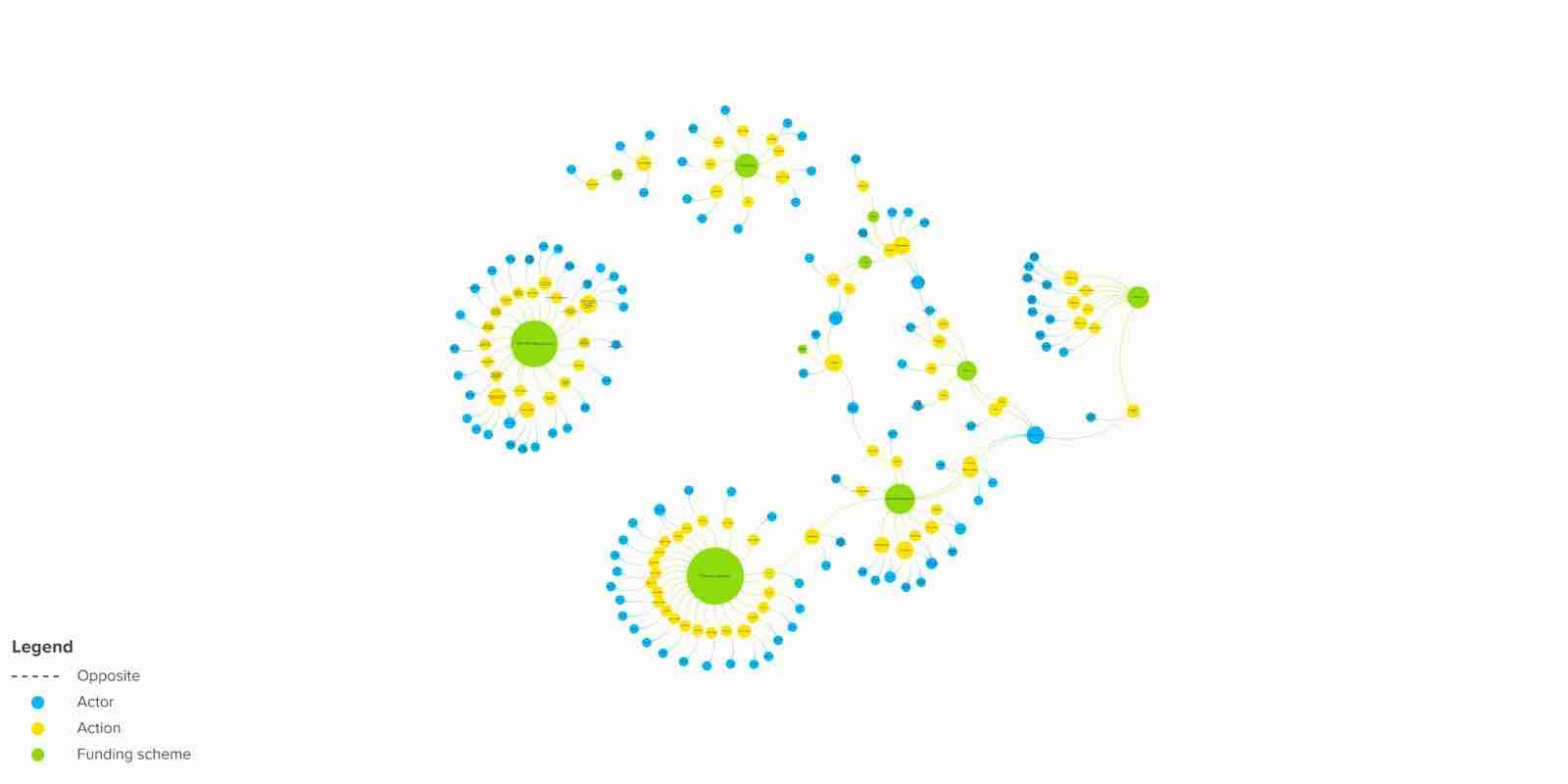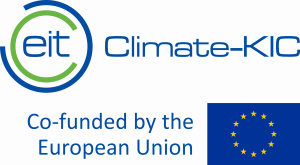X-KIC Green & Circular Economy in the Western Balkans
Starting from February 2021, SmartUp has been actively involved in the “X-KIC Green & Circular Economy in the Western Balkans” project, financed by EIT Climate KIC. The goal of this initiative is to support the region in taking action towards emissions reduction and sustainability through the circular economy concept. By adopting a systemic approach towards analyzing the existing context, the actors work toward shifting the focus from single point solutions to looking at the circular economy concept as a system at a local and regional level.

The Macedonian context
When starting this project, a priority was to build a strong understanding of the current situation of the circular economy in N. Macedonia, in order to be able to create an action plan to support the system in further development.
What was uncovered was that while there is a significant number of actors working in the field of circular economy, there tends to be little connection between projects.
” This leaves plenty of room for building connections between actors and projects, in order to move towards a more systemic approach to building up a circular economy. “
Project activities
Several activities were carried out as part of this project. The driving goal behind each one was to explore and understand the challenges the circular economy faces, as well as the potential it offers, at a system level and in a local context. In order to achieve this, SmartUp, supported by EIT Climate KIC, engaged in system mapping, sensemaking, workshops and data visualization.
80 +
projects mapped
300+
actors identified
6
priority areas
System mapping
Carried out between February and May, 2021, this activity focused on mapping the different actions that are in some way involved in or contribute to the circular economy in N. Macedonia. By detailing each action across a variety of parameters, our team gathered a wealth of information and used it to build an initial database of circular economy efforts.
Sensemaking
To better understand what the information gathered can tell about the current circular economy context, a sensemaking session was conducted, where an image of the focus, challenges and opportunities these actions face began to emerge.
Data visualization
Having built an initial understanding of the gathered data, our team decided to create two types of visualizations, in order to support stakeholders interacting with the data and provide different possibilities for interpreting it. More about each of the visualizations can be seen under Results.
Stakeholder workshop
The stakeholder workshop, one in a series of several to-be-held, was aimed at sparking a discussion around the circular economy in N. Macedonia, focusing on the challenges it faces and the opportunities it has for development. The data visualizations were pilot-tested as a tool for engaging around 20 participating stakeholders. The workshop resulted in a series of challenges faced by actions working in the field of circular economy, as well as, directions for future development.
Results
The main results achieved so far are the open data set and the pair of visualizations based on it. The goal behind making the dataset and visualizations public was establishing a foundation for building up understanding about the state of the circular economy in N. Macedonia. Two types of visualizations were created: an interactive dashboard in PowerBi and system maps in Kumu.
PowerBi dashboard
The interactive dashboard uses a variety of graphs to contextualize and illustrate the data gathered during the mapping process. This enables users to understand how certain parameters correlate to each other, e.g. the number and type of actors working in specific priority areas etc.
The dashboard was pilot-tested as a tool for sparking and structuring discussion during the initial workshop and demonstrated its value in such contexts by providing a more tangible way for participants to interact with the data and understand the underlying implications. By opening up submissions for projects that might have been left out during the initial mapping, it is our goal to leverage collective collaboration and evolve the tool into an informative and valuable resource for all stakeholders active in the area of circular economy in N. Macedonia.


Kumu maps
The second type of visualization that emerged from the dataset were system maps in Kumu. The goal of these maps is to plainly display the relationships between existing actions. What this offers is a visual means for spotting gaps in existing practice or potential synergies based on previously overlooked relationships. This tool was also briefly introduced during the initial workshop and was shown to potentially hold a lot of value as a discovery tool, provided a deeper level of nuance was developed.
Check out the maps!
Actors + priority area + specific area
https://embed.kumu.io/9db9bff6acce54c60fcef531e61f3fda
Local actors + funding scheme + action
https://embed.kumu.io/039e01f0beea1d5f750c4913f67018d2
Local acters + funding scheme + priority area
https://embed.kumu.io/22a01bf54a3045ff625ad448ca4cde6e

What’s next?
The process so far has given us a strong foundation upon which to build a vision for moving forward with developing the circular economy concept in N. Macedonia. The next steps include creating an initial action plan for moving forward and holding at least one more workshop to verify it and develop it further. In September, these plans will be presented before the seven KICs, during a X-KIC event, with the goal of acquiring their support in implementing them.





